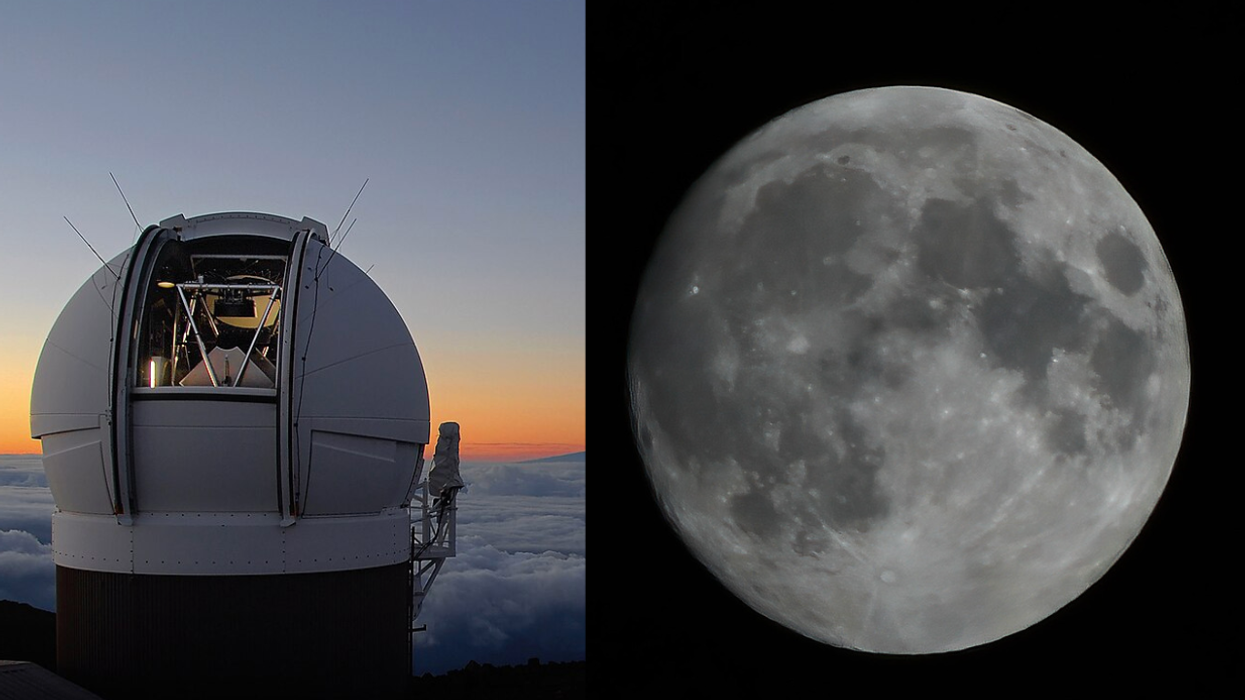Earth. Home. The big blue marble circling the Sun at 67,000 miles per hour as our solar system traverses the galaxy at a mere 447,000 mph. It reminds us that there’s a lot going on in and around our little planet to which we don’t pay much attention.
How about what's happening specifically in this planet itself? Maybe there’s something secretly amazing going on here also. With so much life and energy, the Earth is often described as a living and breathing planet and not just a flying rock. What if it actually is?
Self-proclaimed "history nerd and magician" Heritage Matters posted a video on X that visually suggests the Earth has a pulse and movement just like a heartbeat. The video claims that global plant photosynthesis patterns were tracked by satellite and compiled to make up the video. By adding the sounds of wind and a rhythmic heartbeat, the video quickly becomes a profoundly emotional experience.
Watch:
People in the comments were mesmerized:
"Incredible. It's Mother Earth."
"She is Alive."
Others were skeptical:
"The heart deceives."
"I love this visual but it isn't real!"
"And it is connected to the magneto sphere of the sun."


The first is called the Schumann Resonance. As thunderstorms pass over the Earth, they produce lightening. These lightening strikes create electromagnetic waves that circle the Earth's surface. Some of the waves bounce off each other and the resonance, or reverberated sound, repeats over and over...like a pulse.
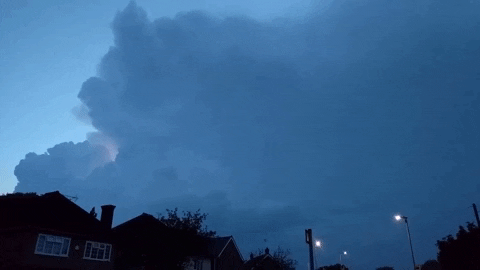
The second event is earthquakes from our planet's continuously shifting tectonic plates. A famous example would be the San Andreas Fault in California. Earth's plates are always moving and earthquakes are always happening—we just don't feel every single one that happens in a day in our area. One particular plate that lies in an area called the Bight of Bonny on part of the Gulf of New Guinea rings out a pulse every 26 seconds that can be measured.
And, because the sun heats the equator more than the poles, it generates storms and winds which, in turn, create currents and waves. Waves hit the shoreline and that energy travels like a beat across the planet. An example could be like the vibrations created from pounding on a table. Someone at the other end could feel the ripples of that pounding and even measure them. Yet, some scientists argue the seismic activity of this 26 second pulse is actually something else.
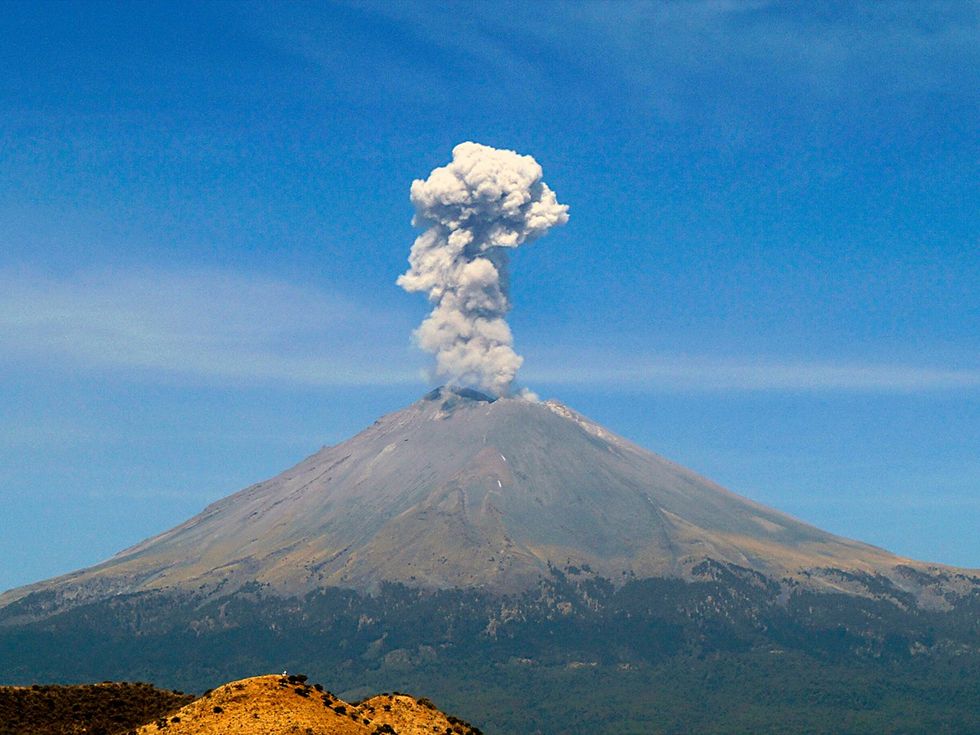
As for what that "something else" is, scientists are still unsure. They note that the pulse is not waves, thunder, or tectonic plate movement under volcanoes. Whatever it is, one thing is for certain: the earth is alive and we must treat with the respect all living things deserve.





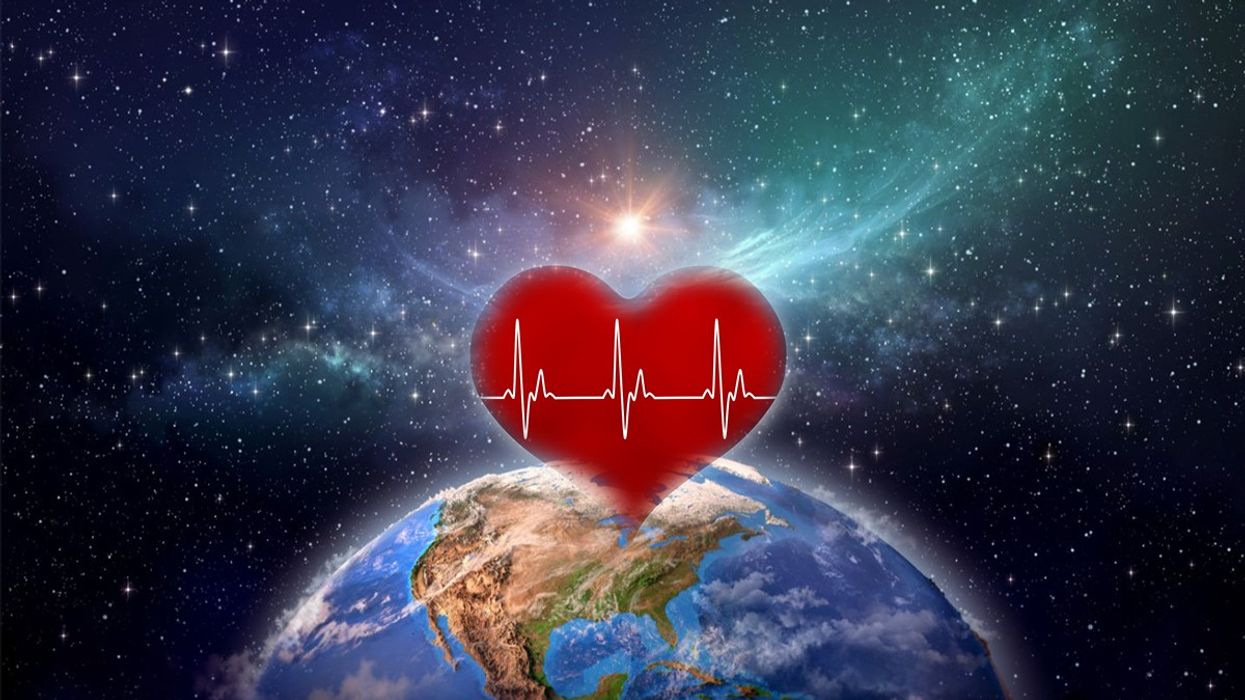











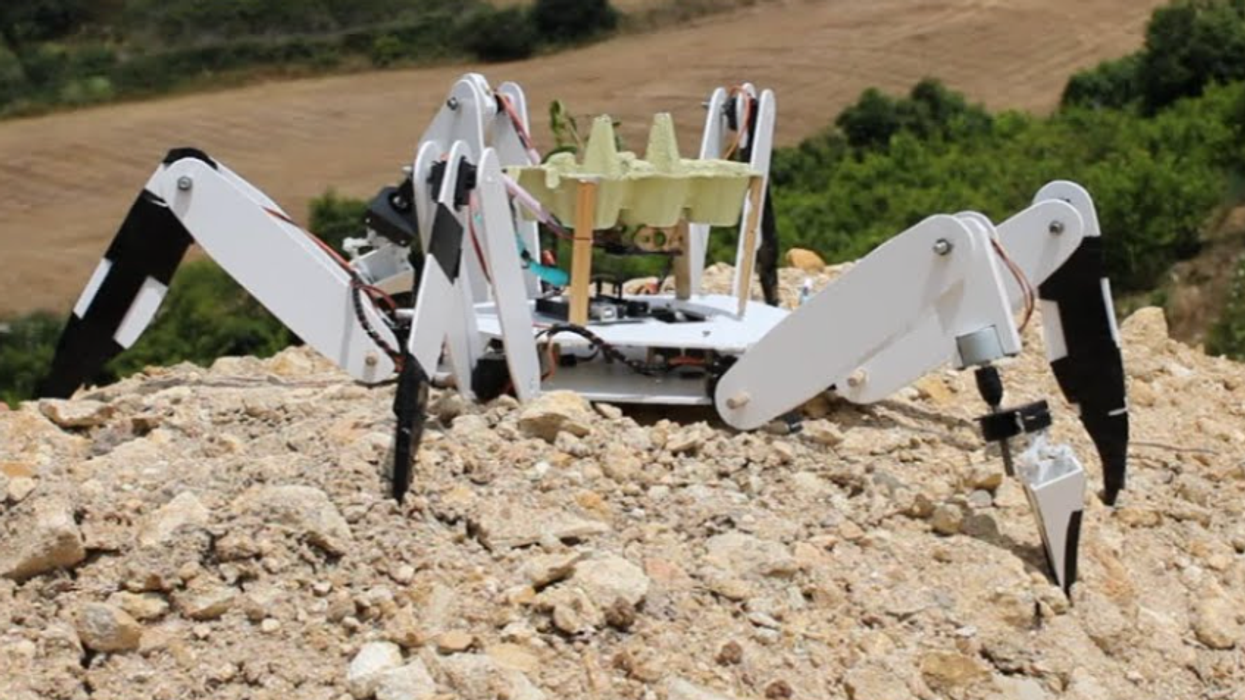

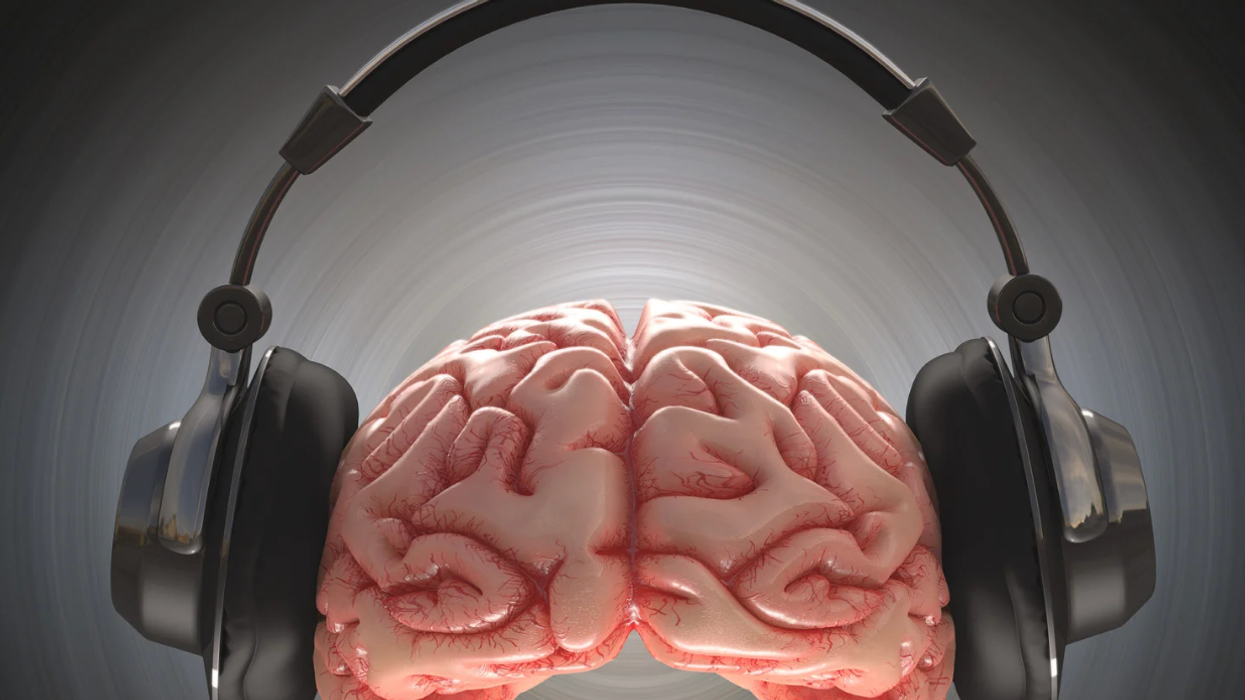

 A soldier relaxes on his bedCanva
A soldier relaxes on his bedCanva Gif of a child breathing deeply via
Gif of a child breathing deeply via 
 Take a moment to forget the world outside the headphones and just relax.
Take a moment to forget the world outside the headphones and just relax.  Lean back and unwind to the right music.
Lean back and unwind to the right music. 

